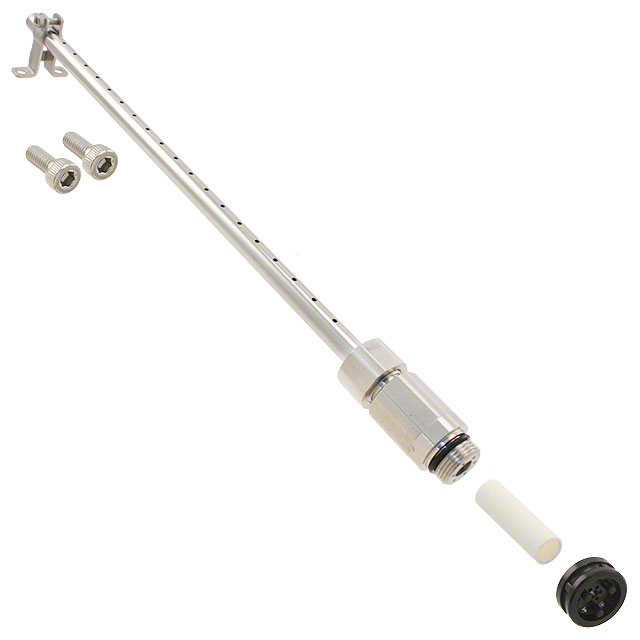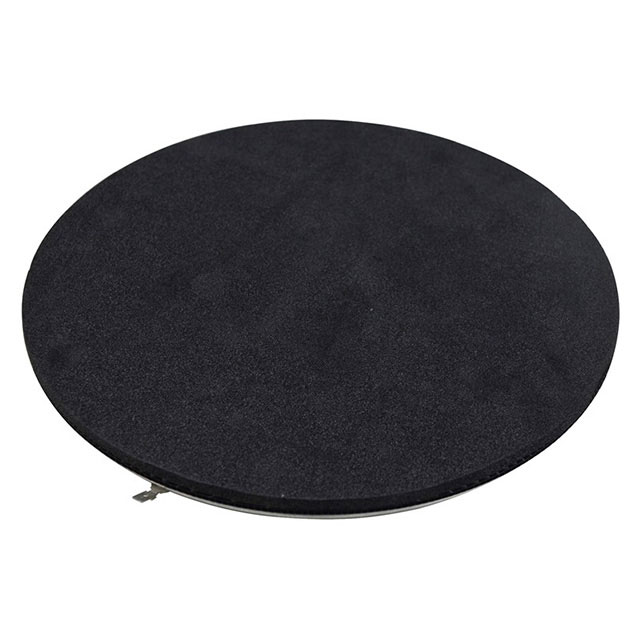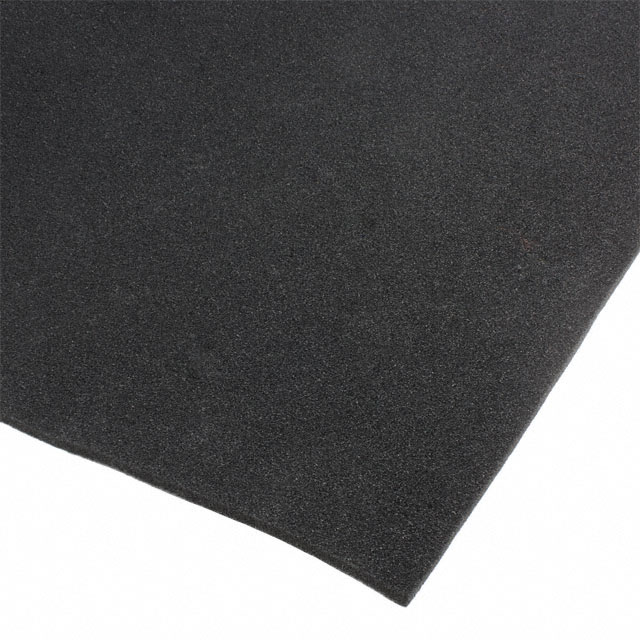

- RFQ
- BOM
-
Contact Us
Tel: +86-0755-83501315
Email: sales@sic-components.com
- Chinese
- English
- French
- German
- Portuguese
- Spanish
- Russian
- Japanese
- Korean
- Arabic
- Irish
- Greek
- Turkish
- Italian
- Danish
- Romanian
- Indonesian
- Czech
- Afrikaans
- Swedish
- Polish
- Basque
- Catalan
- Esperanto
- Hindi
- Lao
- Albanian
- Amharic
- Armenian
- Azerbaijani
- Belarusian
- Bengali
- Bosnian
- Bulgarian
- Cebuano
- Chichewa
- Corsican
- Croatian
- Dutch
- Estonian
- Filipino
- Finnish
- Frisian
- Galician
- Georgian
- Gujarati
- Haitian
- Hausa
- Hawaiian
- Hebrew
- Hmong
- Hungarian
- Icelandic
- Igbo
- Javanese
- Kannada
- Kazakh
- Khmer
- Kurdish
- Kyrgyz
- Latin
- Latvian
- Lithuanian
- Luxembou..
- Macedonian
- Malagasy
- Malay
- Malayalam
- Maltese
- Maori
- Marathi
- Mongolian
- Burmese
- Nepali
- Norwegian
- Pashto
- Persian
- Punjabi
- Serbian
- Sesotho
- Sinhala
- Slovak
- Slovenian
- Somali
- Samoan
- Scots Gaelic
- Shona
- Sindhi
- Sundanese
- Swahili
- Tajik
- Tamil
- Telugu
- Thai
- Ukrainian
- Urdu
- Uzbek
- Vietnamese
- Welsh
- Xhosa
- Yiddish
- Yoruba
- Zulu
- Kinyarwanda
- Tatar
- Oriya
- Turkmen
- Uyghur
Flat Resistor
What is a Flat Resistor? https://www.sic-components.com/resistors
A flat resistor, also known as a film resistor or planar resistor, is a type of passive electronic component designed to introduce a specific electrical resistance into a circuit. Unlike traditional through-hole resistors, flat resistors are typically manufactured using thin or thick film deposition techniques on a flat substrate (such as ceramic or silicon), creating a planar structure. This design allows for precise resistance values, compact size, and high stability, making them widely used in modern electronics.
Working Principle of Flat Resistors https://www.sic-components.com/resistors
The core principle of flat resistors relies on the resistivity of materials. When a voltage is applied across the resistor, the film material (e.g., carbon, metal, or metal oxide) restricts the flow of electric current, generating heat proportional to the resistance and current (Ohm’s Law: (V = IR)). The resistance value is determined by:
Material composition (e.g., nickel-chrome for thin-film resistors).
Film thickness and length: Thinner or longer films increase resistance.
Temperature coefficient: Most flat resistors exhibit minimal resistance change with temperature, ensuring stability in various environments.
Main Parameters of Flat Resistors https://www.sic-components.com/resistors
Resistance Value: Specified in ohms (Ω), ranging from milliohms to megohms, with high precision (e.g., ±0.1% tolerance for precision resistors).
Power Rating: The maximum power (in watts) the resistor can dissipate without overheating.
Temperature Coefficient of Resistance (TCR): Measures resistance change with temperature (e.g., ±50 ppm/°C for standard resistors).
Voltage Rating: The maximum voltage the resistor can withstand without breakdown.
Tolerance: The allowable deviation from the nominal resistance value (e.g., ±1%, ±5%).
Types and Characteristics of Flat Resistors https://www.sic-components.com/resistors
Type Construction Key Characteristics Applications
Thin-Film Resistors Deposited metal alloy film (e.g., NiCr) on ceramic substrate via sputtering. Ultra-precision (±0.01%), low TCR (±10 ppm/°C), excellent stability. Medical devices, aerospace, high-precision circuits.
Thick-Film Resistors Conductive paste (e.g., silver-palladium) screen-printed and fired on ceramic. Cost-effective, moderate precision (±5%), higher power handling. Consumer electronics, automotive, general-purpose circuits.
Metal-Film Resistors Metal layer (e.g., tin oxide) deposited on ceramic, coated with epoxy. Good precision (±1%), low noise, stable at high frequencies. Audio equipment, communication systems, industrial controls.
Carbon-Film Resistors Carbon film deposited on ceramic, etched to adjust resistance. Lower cost, moderate stability, higher TCR compared to metal films. Basic circuits, non-critical applications.
The Role of Flat Resistors https://www.sic-components.com/resistors
Current Limiting: Restricts current flow to protect components (e.g., LEDs, transistors).
Voltage Division: Divides voltage in circuits (e.g., bias networks in amplifiers).
Impedance Matching: Matches source and load impedances in signal transmission.
Thermal Management: Dissipates excess power as heat in power supply circuits.
Signal Attenuation: Reduces signal strength in attenuators or feedback loops.
Applications of Flat Resistors https://www.sic-components.com/resistors
Consumer Electronics: Smartphones, laptops, and TVs (voltage regulation, signal processing).
Automotive: Engine control units (ECUs), sensor interfaces, and safety systems.
Industrial: Robotics, automation systems, and process control equipment.
Aerospace and Defense: High-reliability systems (e.g., avionics, radar) requiring precision and durability.
Medical Devices: Imaging equipment, patient monitors, and diagnostic tools.
How to Choose a Flat Resistor? https://www.sic-components.com/resistors
Resistance and Tolerance: Match the required value and precision for the circuit.
Power Rating: Ensure it exceeds the maximum power dissipation to avoid overheating.
Temperature Coefficient: Select a low TCR for temperature-sensitive applications (e.g., analog circuits).
Package Size: Choose based on board space and assembly method (e.g., SMD for surface mount).
Environmental Factors: Consider humidity, vibration, and operating temperature (e.g., military-grade for harsh environments).
Cost and Availability: Balance performance with budget and supply chain reliability.
Surface Mount Resistors (SMD) vs. Flat Resistors https://www.sic-components.com/resistors
Surface Mount Resistors: A subset of flat resistors designed for surface-mount technology (SMT). They are tiny, rectangular components soldered directly to the PCB, ideal for high-density layouts in modern electronics.
Flat Resistors: A broader term encompassing all planar designs, including both SMD and larger through-hole film resistors. While SMD resistors are the most common type of flat resistor today, the term may also refer to specialized film resistors in non-SMT packages.
Key Difference: SMD resistors are a specific category of flat resistors optimized for automated assembly and miniaturization, whereas "flat resistor" is a more general term describing the planar structure.
Conclusion
Flat resistors are indispensable components in modern electronics, offering precision, reliability, and compactness across diverse applications. By understanding their types, parameters, and selection criteria, engineers can effectively integrate them into circuits to achieve optimal performance. Whether in consumer gadgets or high-reliability systems, flat resistors continue to play a critical role in shaping the functionality and efficiency of electronic devices.
https://www.sic-components.com/resistors

Hot Products
View MoreRelated Blogs

2000+
Daily average RFQ Volume

30,000,000
Standard Product Unit

2800+
Worldwide Manufacturers

15,000 m2
In-stock Warehouse























 Wishlist (0 Items)
Wishlist (0 Items)